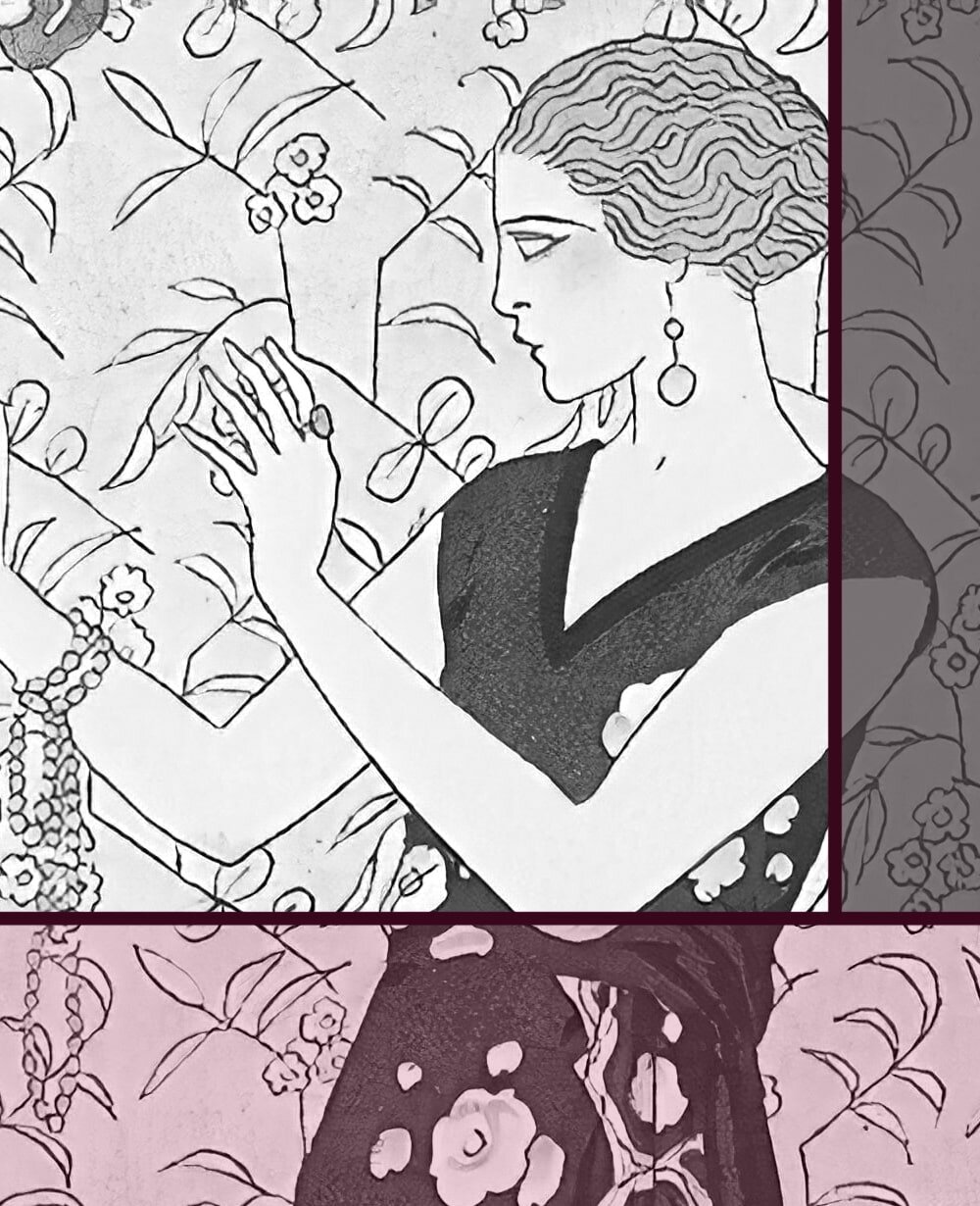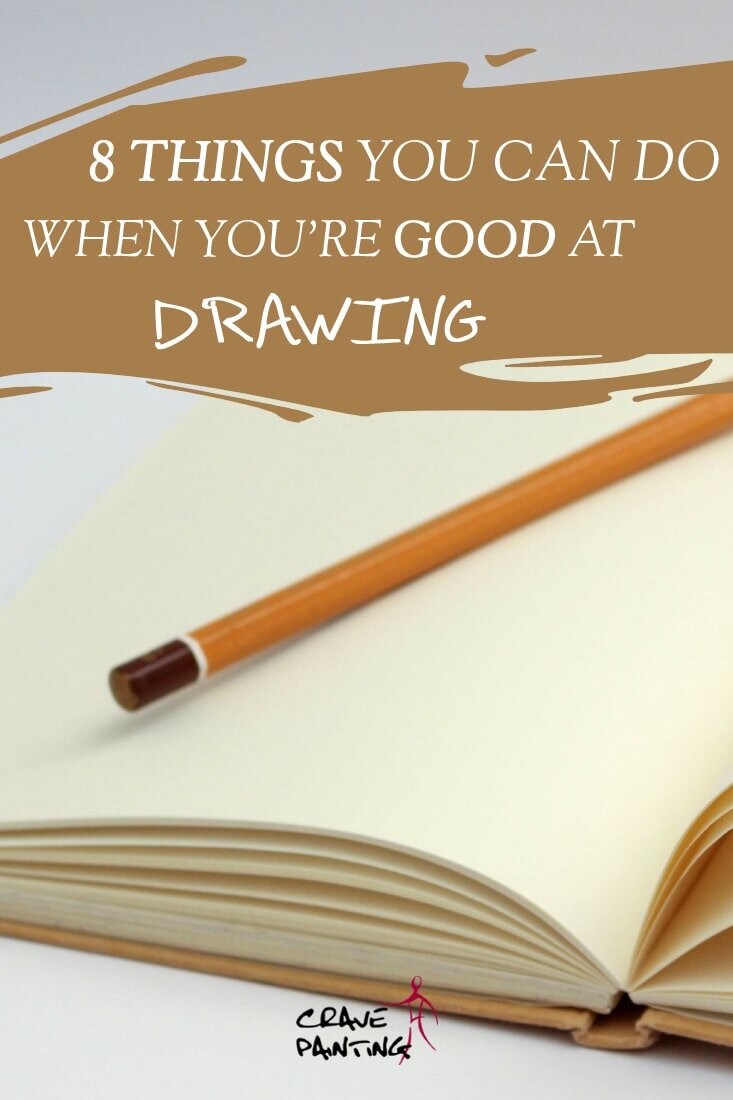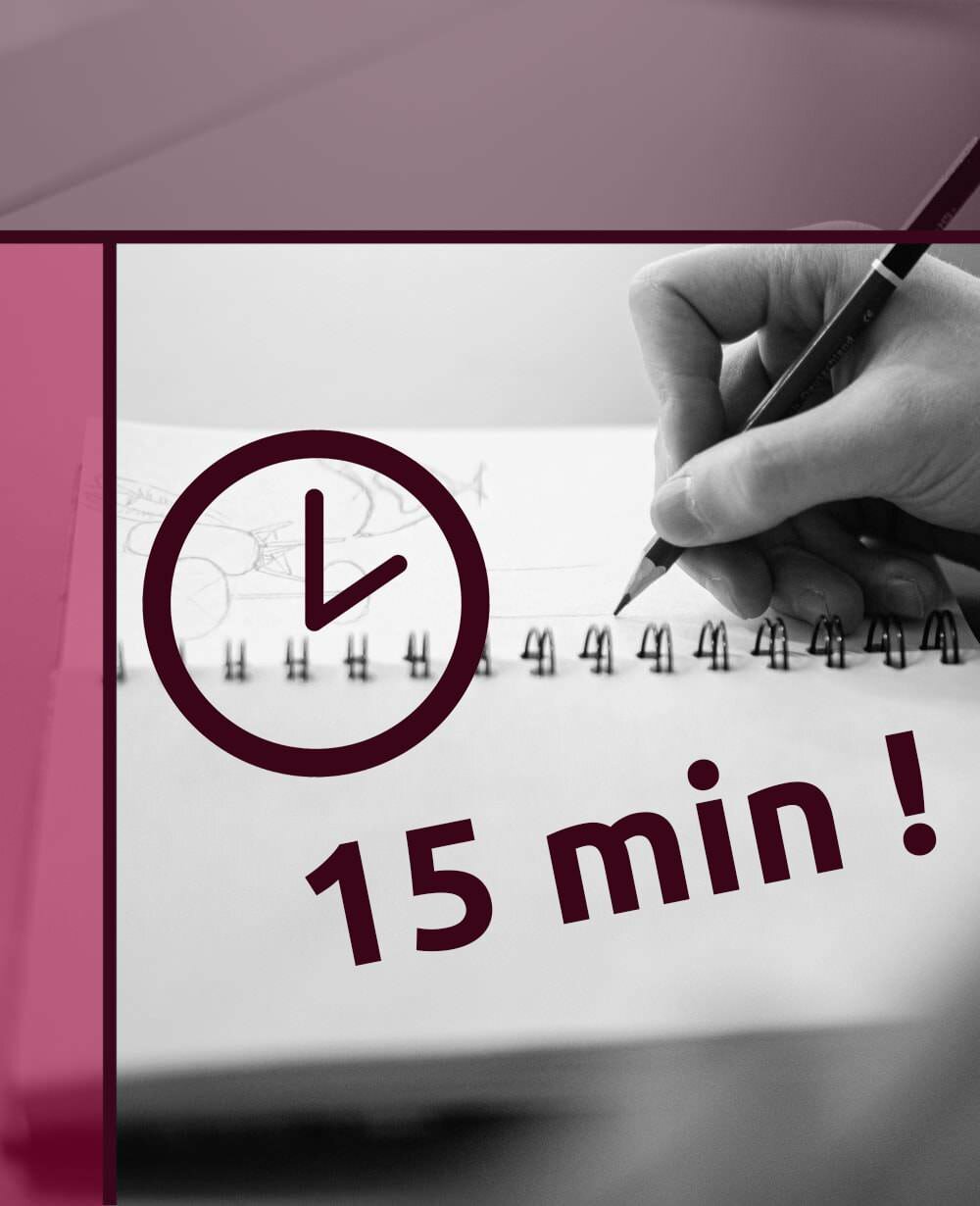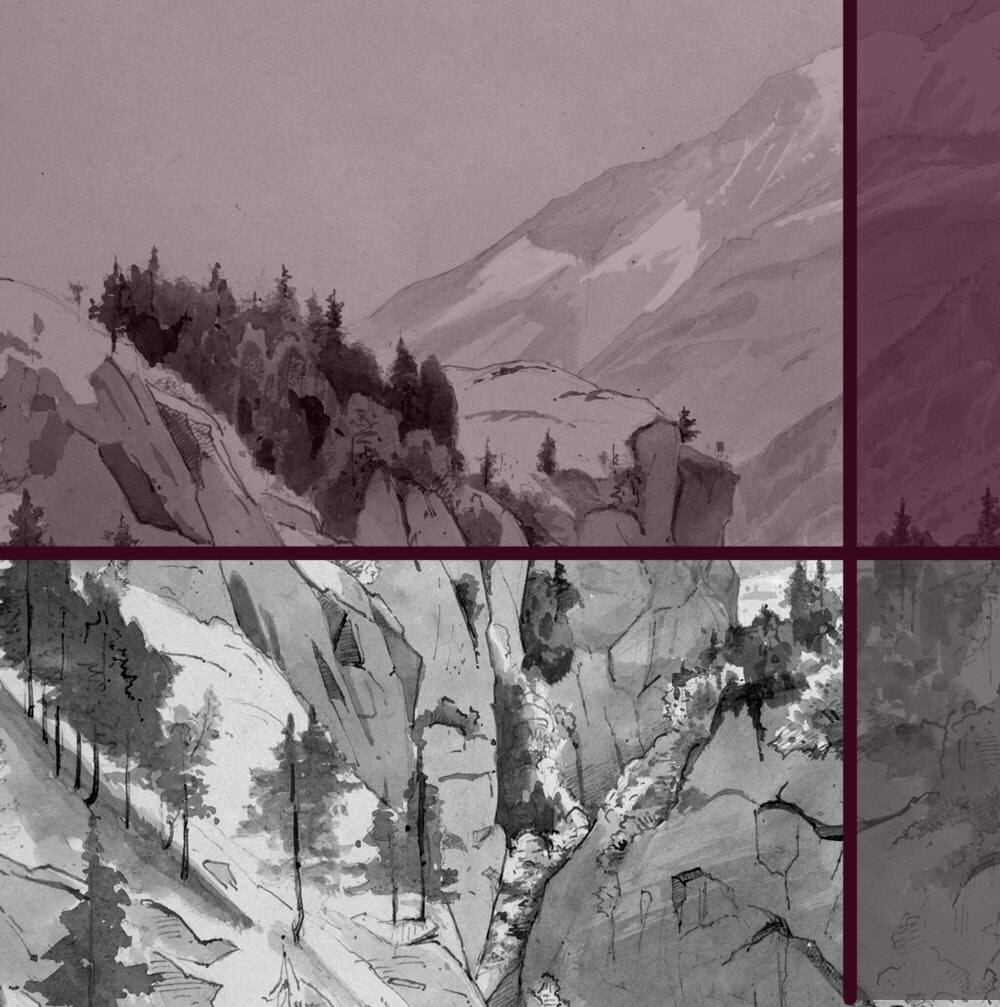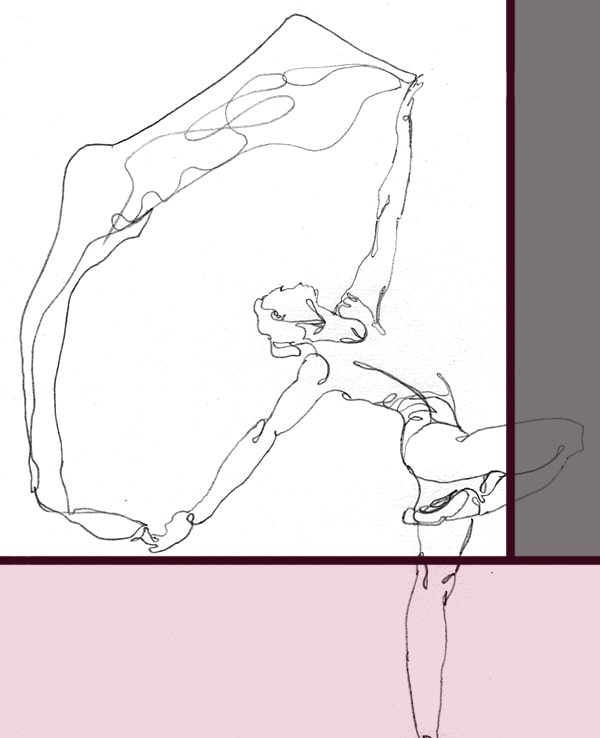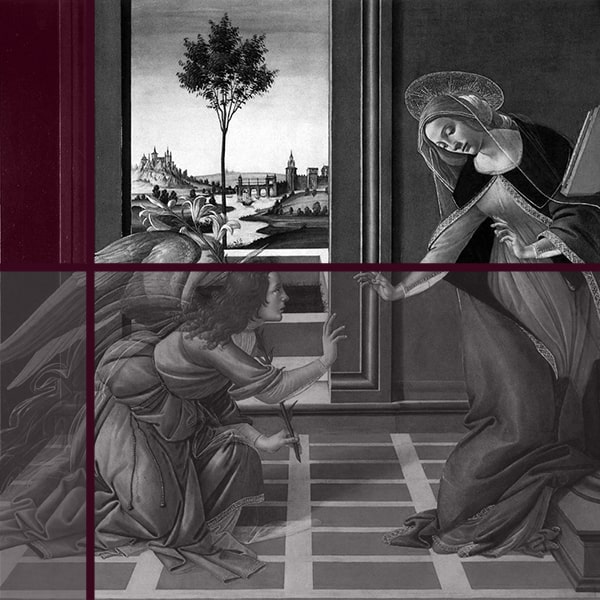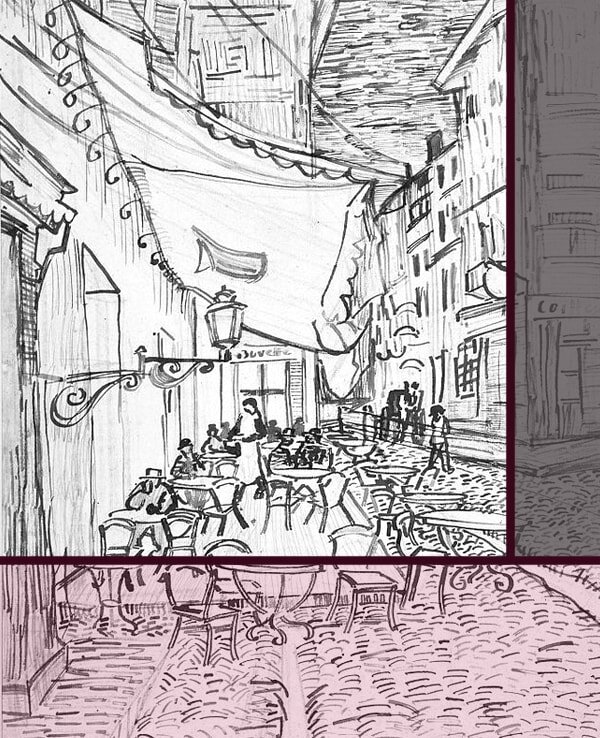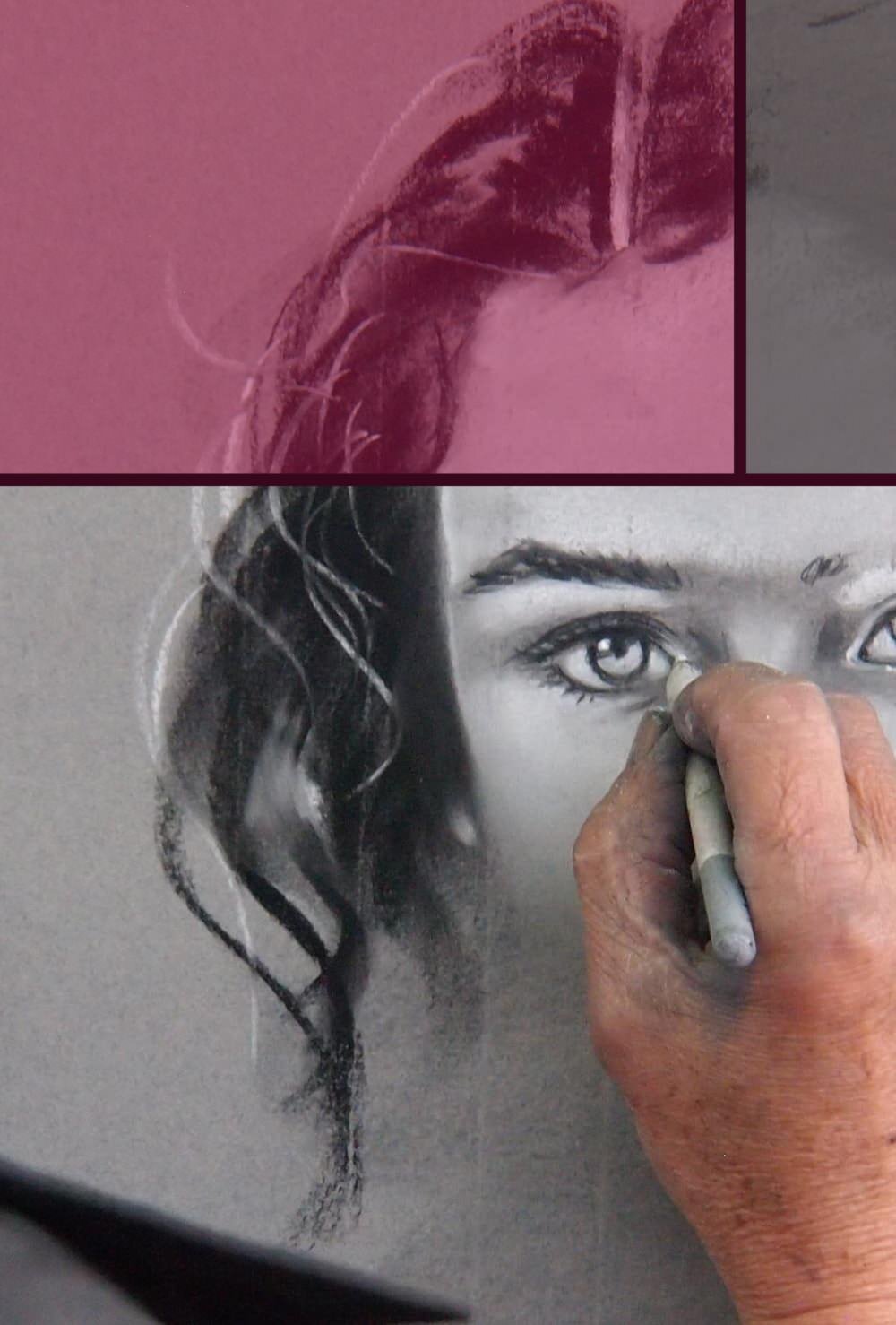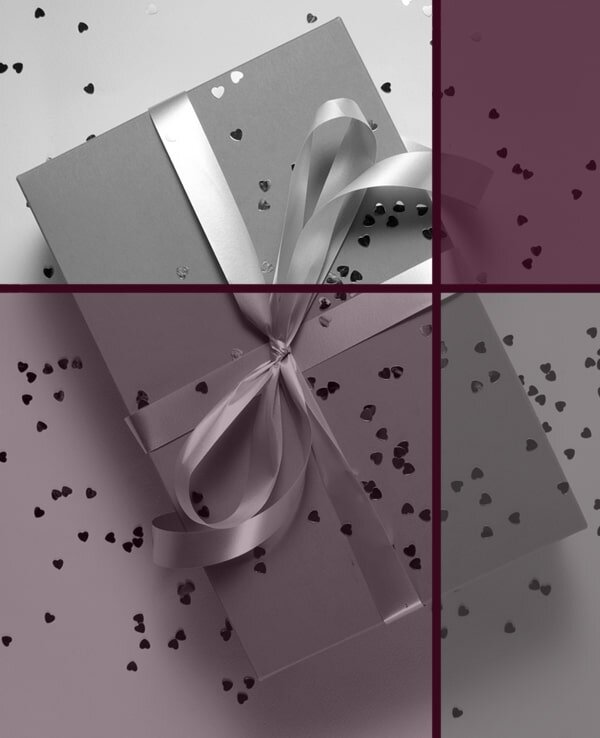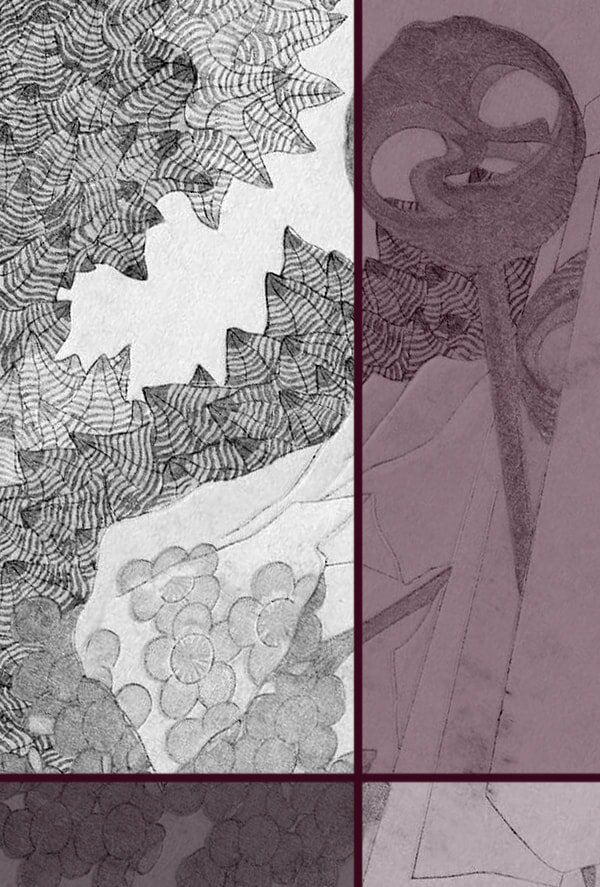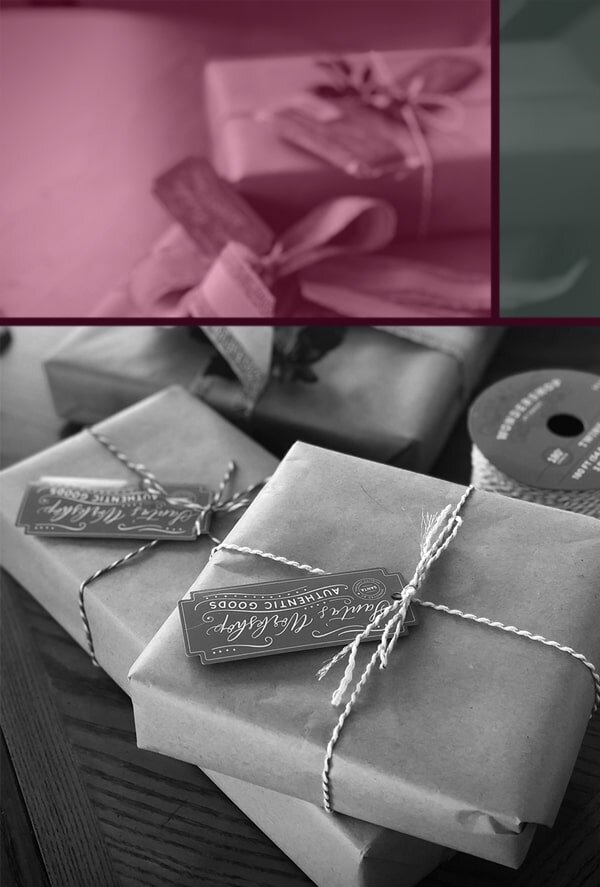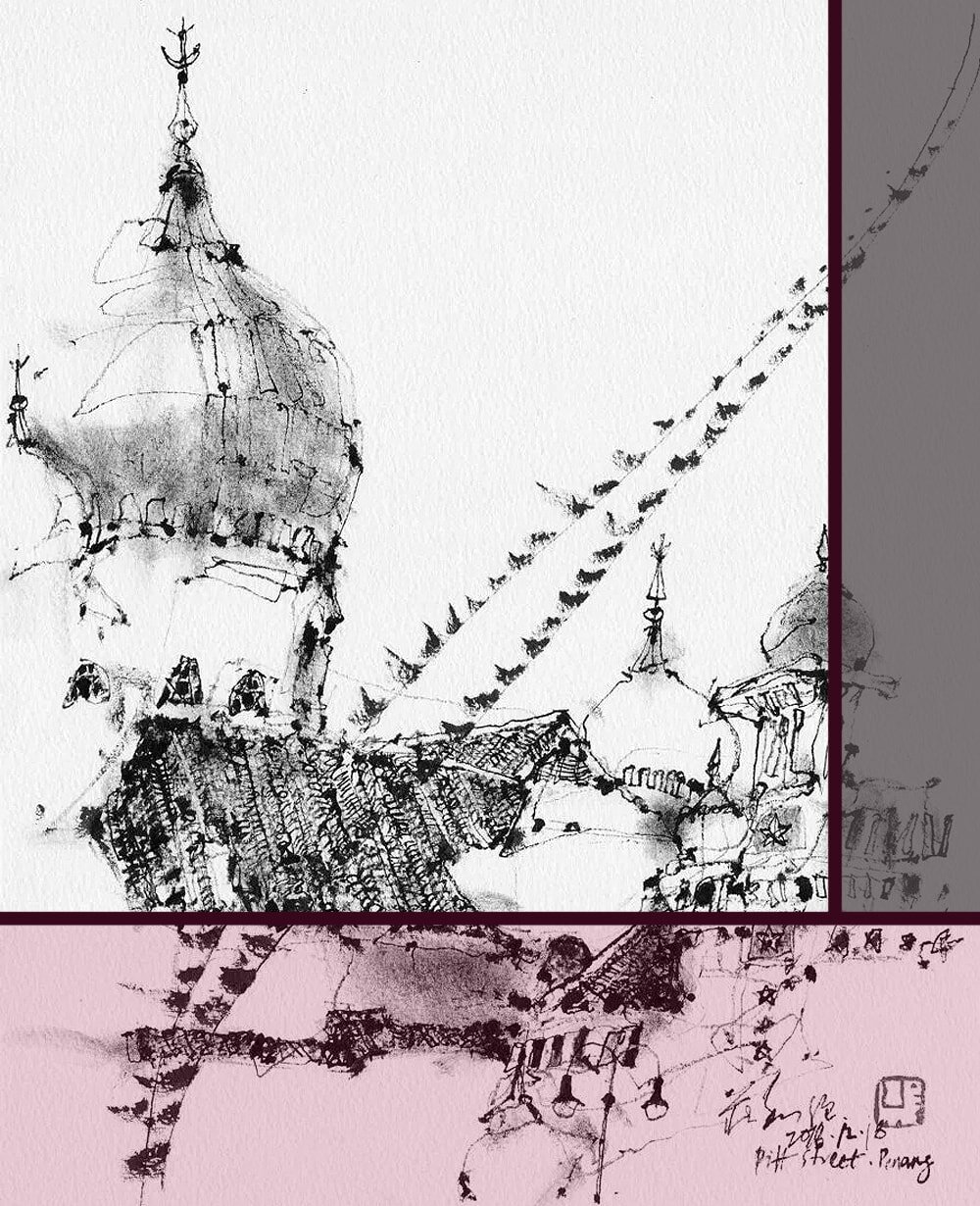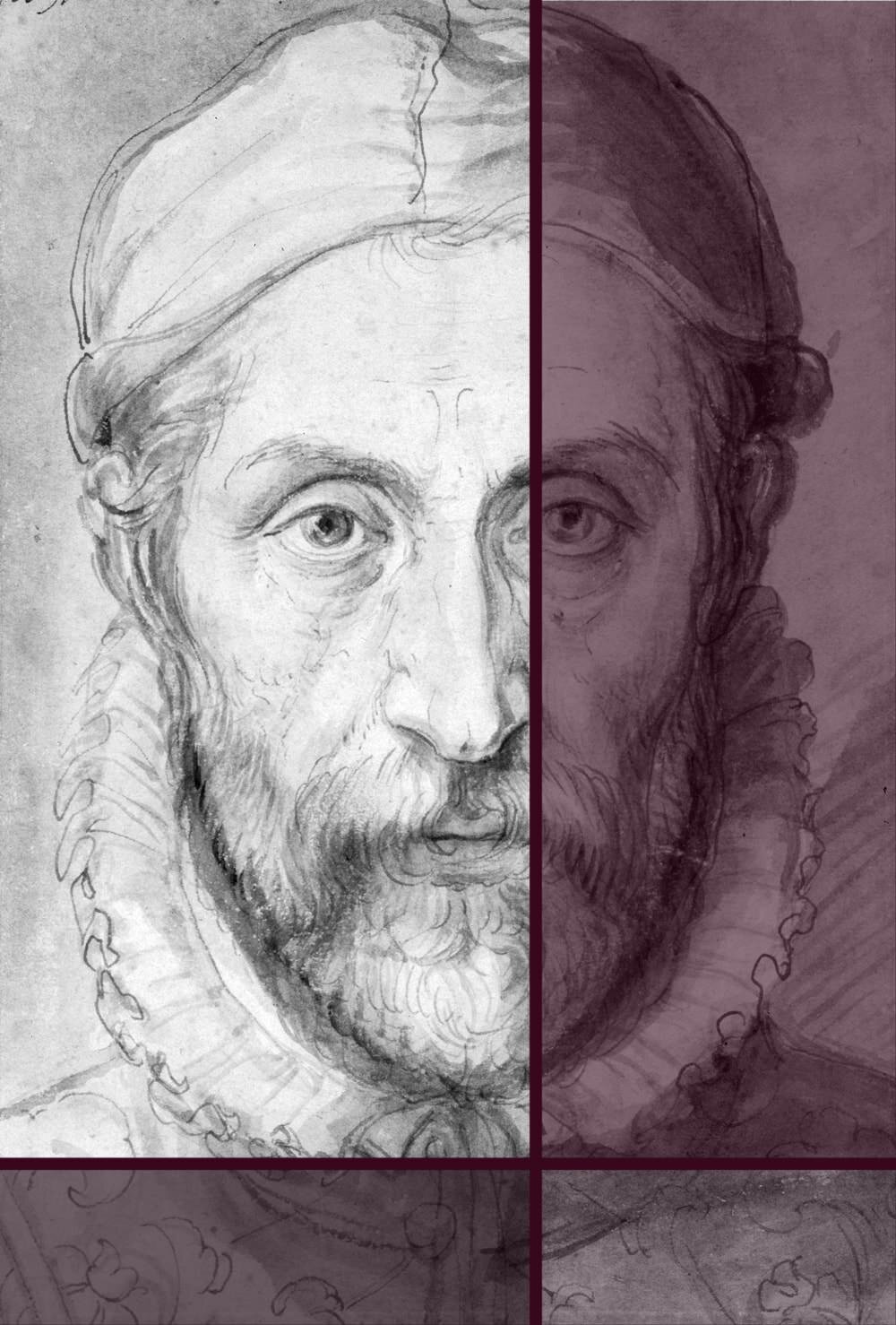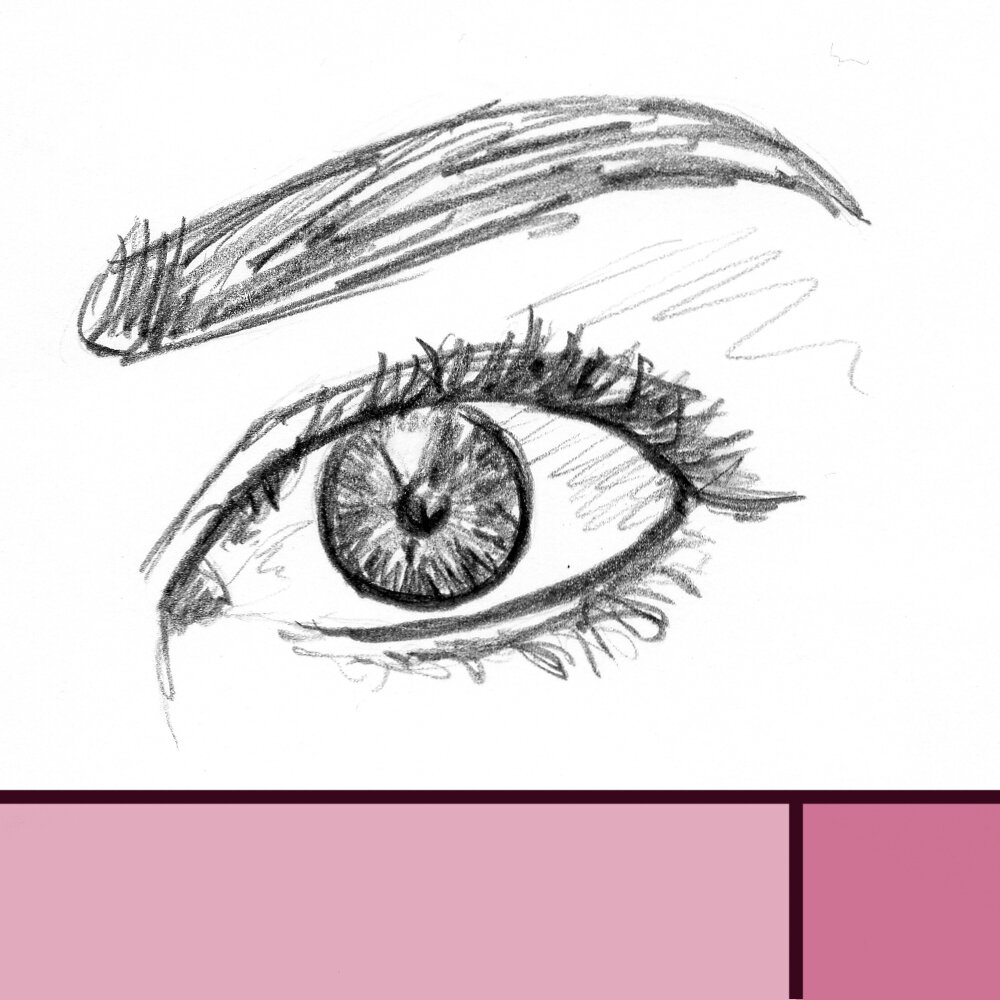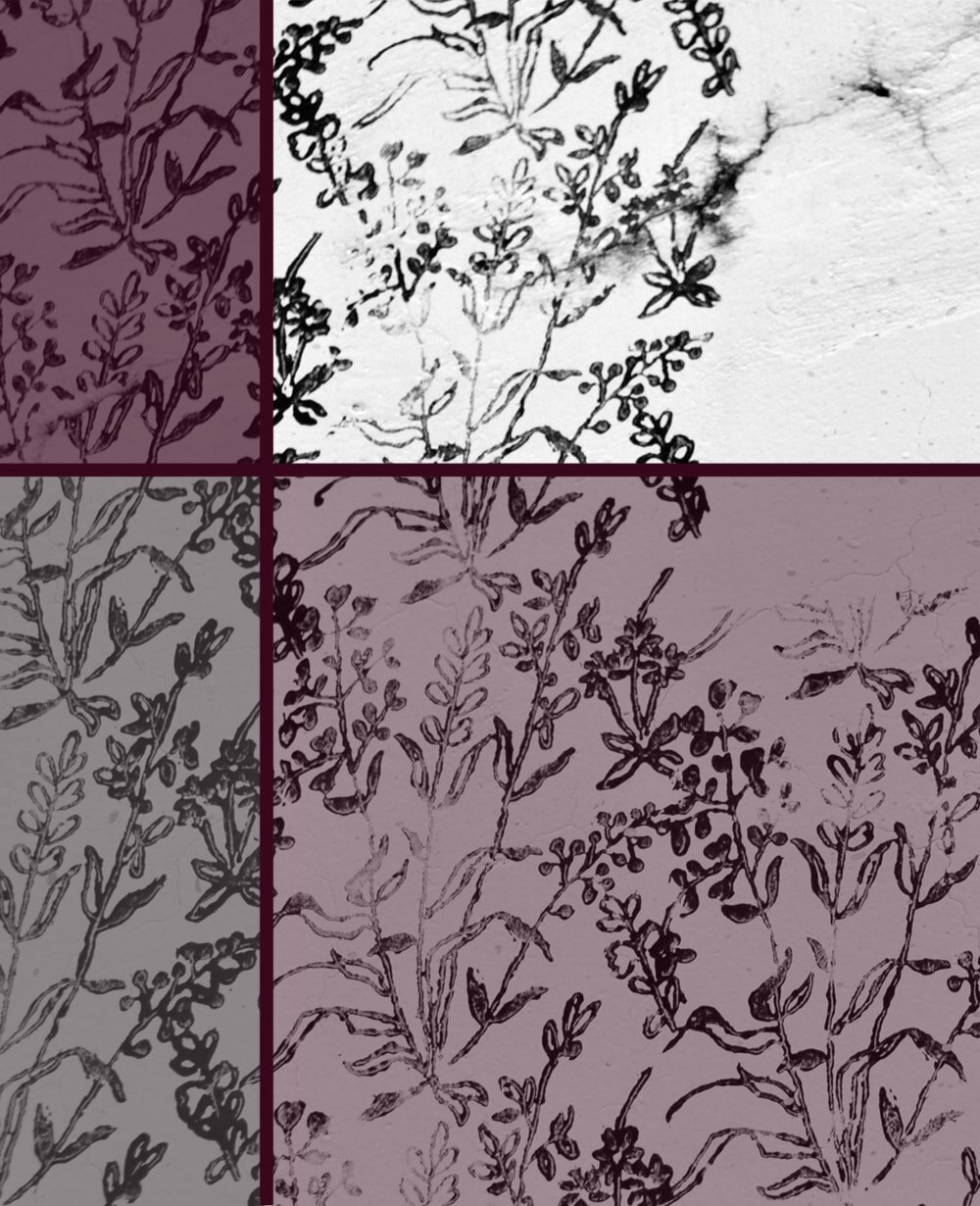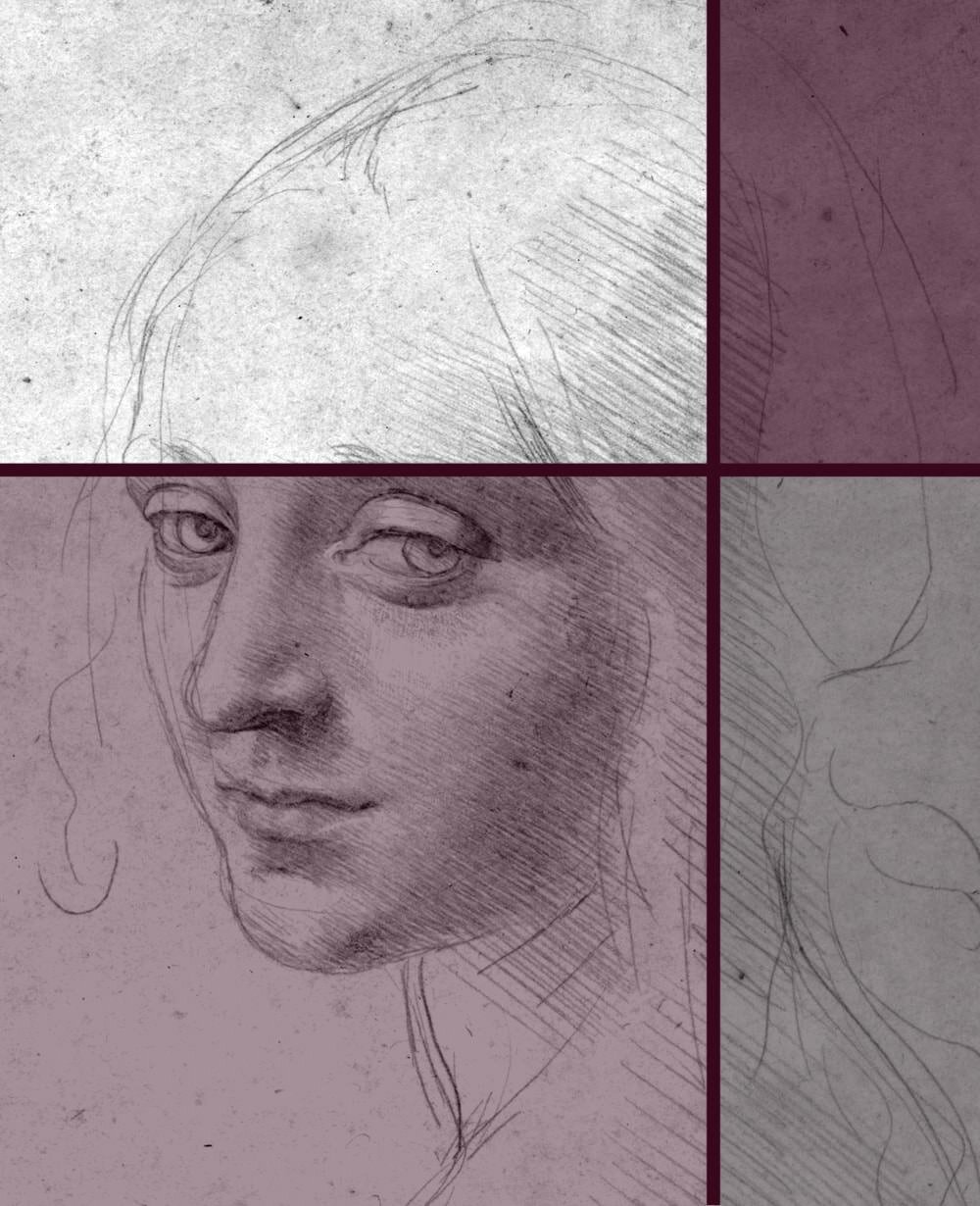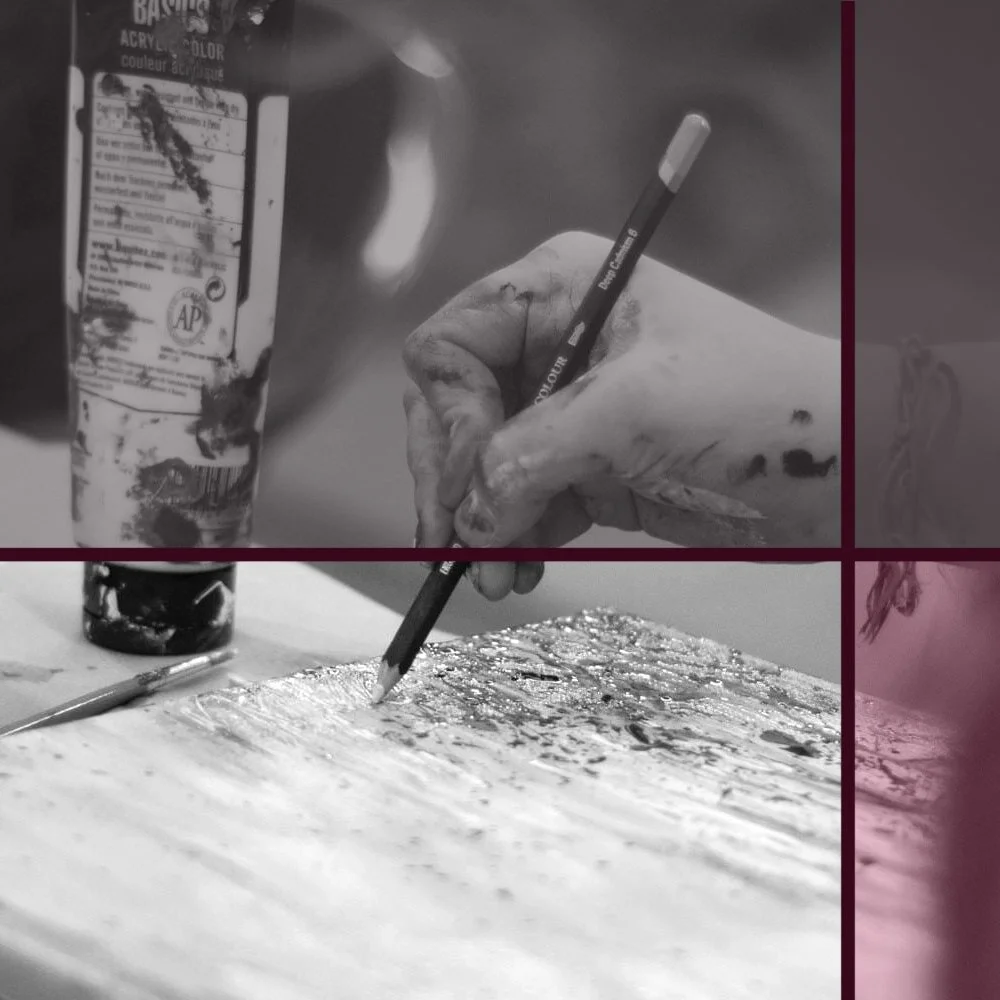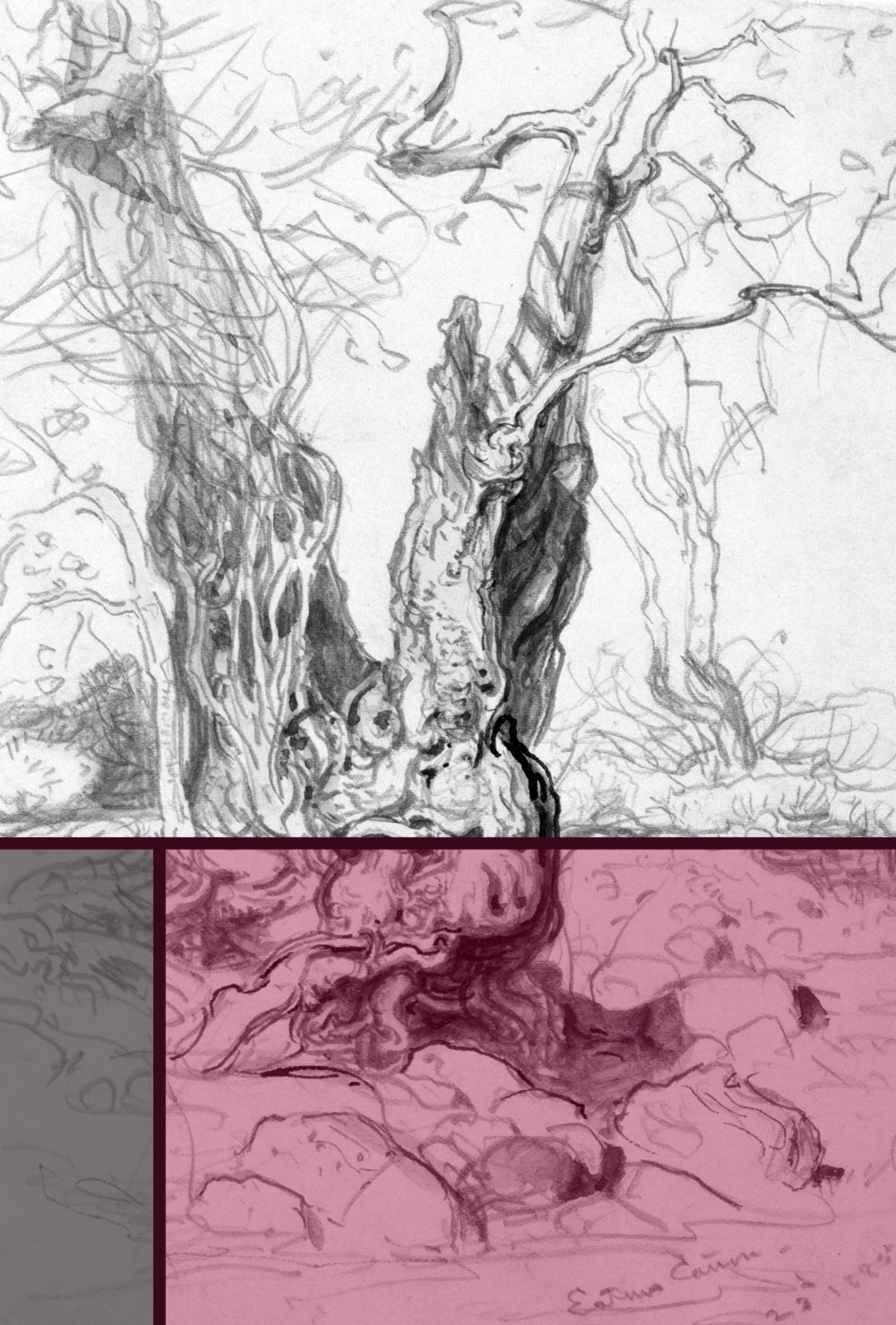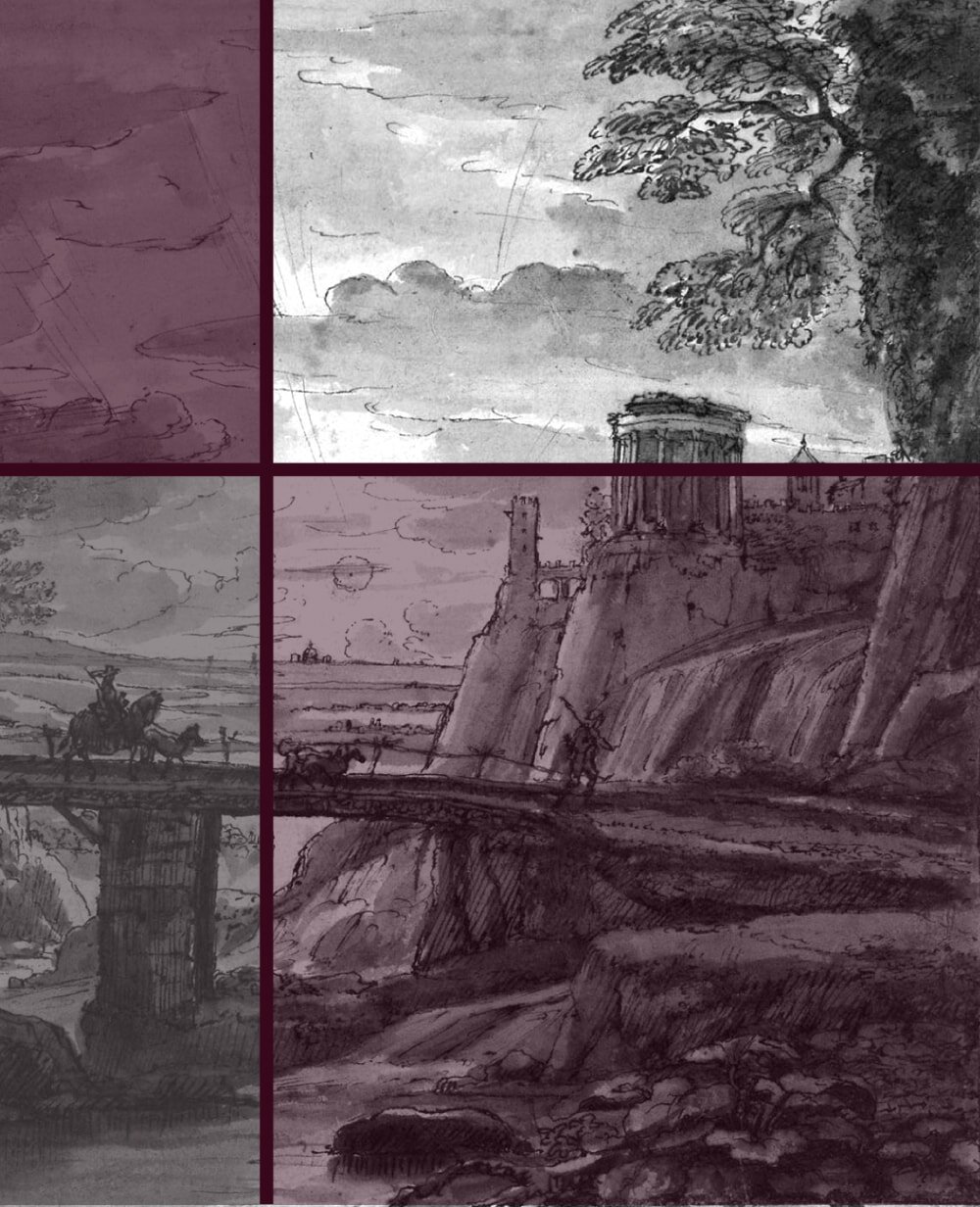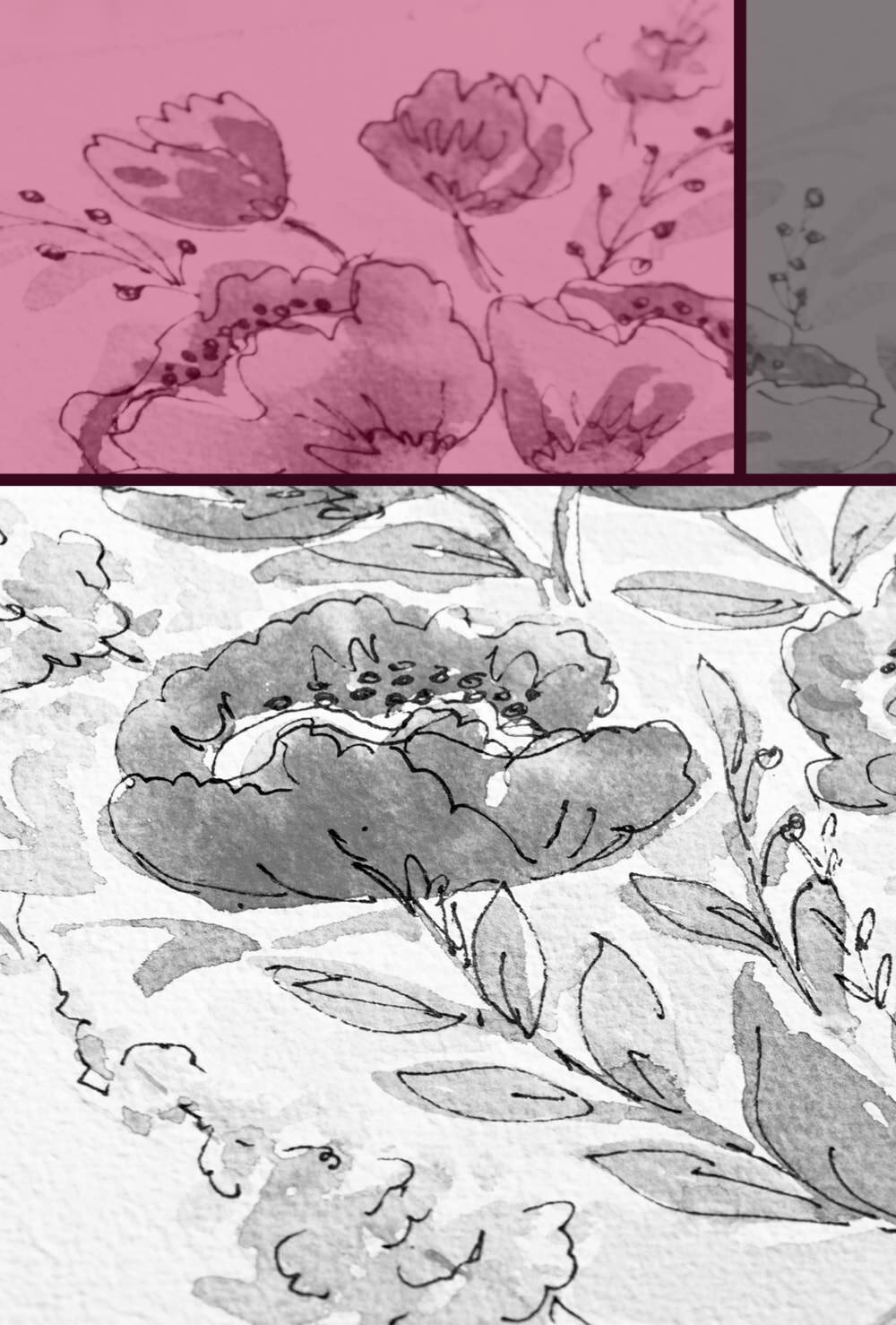8 Things you can do when you're Good at Drawing
Are you thinking about learning to draw but haven't quite made up your mind? Or have you already started but you find yourself losing motivation because it takes a little longer to become good at it than you thought?
Deciding to learn something is all well and good, but you're much more likely to stick with it long-term if you have a goal in sight. Or several, in this case.
With drawing it's quite easy to overlook a lot of the perks and just see the activity itself. But there's so much more fun you can have with the right skills than just plainly sketching pictures.
1 You can make personalised gifts
Arts and crafts skills come in every so handy when you have to find the perfect gift for your friends and family, especially if money is scarce or you're trying to find a present for the kind of person that has everything already.
If your friend really likes her dogs, make her a nice sketch of them to put on the mantelpiece. Obviously, this also works nicely with children, spouses, their favourite vacation spot, you name it.
I once drew a nude of a (very good) friend as a birthday gift for their spouse. Beats having to undress in front of a total stranger for a photo shoot.
If course it doesn't always have to be a framed drawing, there's so much more you can use your skill for. Perhaps your friend really likes colouring-in (many adults now swear by it). If Amazon doesn’t have the right theme for them, you can create one yourself.
Are they getting married and you can't think of something useful to buy? Offer to draw their invitations. All you really need is some gold paint, a pack of empty cards and matching envelops. It'll save them a fortune and they'll get exactly what they want.
Even if you're buying a gift you can still use your artistic abilities on the card and wrapping paper. It might not be much, but even a little personal touch can make all the difference.
2 You can record things worth recording
Sure, you can keep a written diary of your personal life, your travels or anything else you want to remember. But it's true what they say: a picture really is worth a thousand words. Especially if you're not a writer and words aren't your strong suit.
Most people's brains remember visual stimuli better than text, so if you want to capture a sight, a thought or a feeling, it's much easier to get it right if you are able to simply draw it.
You can use your artsy skills to keep a travel journal, for example. Drawing is much faster than painting, and easier to do on the go. You can just stuff a little sketchbook into your backpack and sketch away for a couple of minutes at each new location.
I’ve written an entire article about urban sketching, leading you through the topic step by step.
Perhaps you'd like to keep a record of your kids growing up. Add a few quick lines and some funny comments for every milestone and you've got yourself a memory to cherish and entertain for the rest of your lives.
Dreams are also great to sketch, if you’re one of those people remembering them well. They can be super strange, which will make for a truly fascinating sketchbook. Just keep it near your bed and draw your dreams the moment you wake up, when you still remember most of it.
You can find some excellent online courses and books to try on my Recommended Resources page.
3 You can turn it into a little side-hustle
Sure, you can sell actual framed sketches, for example on Etsy or on art fairs. While that always sounds a bit like a castle in the clouds, I personally know quite a few people that do earn a handsome extra income with that side business.
But as explained above, drawing lets you do more than something to hang on the wall or display on the mantelpiece. From hand-made Christmas cards to personalised colouring-in books, there's virtually no end to how you can monetise your skills, if you just get a little creative.
Sketches can be printed on mugs, T-shirts, fabric, notebook covers. You can even join up with another craftsy friend and illustrate their product packaging for them.
Or, of course, you can go all professional and offer your services as an illustrator, e.g. for advertisements, magazines, books. In most cases you're going to have to start small, but over time you can expand your client base and earn a reputation.
One piece of advice though, unless it's a favour for a very good friend or for the occasional ‘good cause’ don't create things for free in the hopes that one day it might lead to a paid gig.
You might think you're not good enough to charge for your services, but people wouldn't bother asking if they didn't think you had the skills. Your time and dedication is always worth something.
4 You can exhibit
Look, I know what you're thinking. Why would anyone want to spend their afternoon looking at your inadequate artwork? But the truth is, exhibitions are not just for the great masters.
Not every artist needs to have been drawing for twenty years to produce good work, nor does every good drawing need a university degree to verify it.
In fact, I've seen many a fabulous piece in amateur exhibitions or stumbled across them accidentally. And I still remember them, because they gave me great pleasure, no matter how much experience or what qualifications their makers had.
Most places have smaller galleries that will exhibit local artists, regardless of their experience or day-job. You can find those by searching on the internet, or you can ask in local art-schools.
You can also remain anonymous and ‘exhibit’ online, on platforms like Pinterest, Instagram or DeviantArt. I’ve got an article for you in case you’re unsure how to take great photos of your artwork to upload to these social platforms.
Not only is it a good feeling to have your artwork out there for people to actually see and like it, it can also be very beneficial.
Especially if you generally prefer not to mingle with other artists in real-life, you might gain valuable criticism (even if it hurts at first) that will ultimately help you become a better artist yourself.
5 You can collaborate with other artists
Whether it's for pleasure or business, skills are even more valuable if they are combined with the talents of others.
If you're great at drawing, you can collaborate with other artists or craftspeople to use each other's talents to your advantage and enhance the quality of the final artwork or product.
Perhaps you have a friend that's really skilled at making organic soaps. How much better do you think these would sell on Etsy or Christmas markets if you created some hand-painted packaging for them.
Or you might know some amateur writers that are looking to have their first book published. Well great, go ahead and draw the illustrations for them!
If your chef brother-in-law opens a Mexican-themed restaurant, why not paint some desert landscapes on the dining room walls to set the mood.
There are so many projects that can benefit from some artistic input. And even better, you yourself will benefit from the collaboration as well. Sometimes just getting out of our own routine a little bit can have an enormous impact on our perspective and inspiration.
6 You can decorate your home
Yes, that's a given, but you may not think big enough. I absolutely agree that it's worth hanging some of your drawings on the walls, but there's a lot more you can do to make your home pretty and interesting.
Imagine a nice ‘statement-wall’ in your living-room, for example. People pay a fortune for fancy wallpaper with forests, beaches or cityscapes on it. Well, if you can draw and/or paint you can just create a wall like that yourself, for a fraction of the price.
One of my personal favourite decorations is drawing on otherwise dull pieces of furniture. The things you can do with IKEA's ‘Rast’ chest of drawers, for example...
From intricate leafy patters to full-on Nintendo-themed game designs, there are no limits to what a couple of cheap acrylics and an afternoon off can do.
You can draw on mirrors, lamp shades, flowerpots, pretty much anything that can give your flat that extra bit of jazz with very little effort.
And come Christmas (or Hanukkah, Ramadan etc), you can go all out and draw some lovely holiday-themed designs on your windows for your neighbours to enjoy.
7 You can use it as a base for other skills
Drawing is an excellent, and often crucial, skill if you want to learn other forms of art, from painting to calligraphy.
Only the most abstract painters can get away with bad drawing skills, and even then, this lack will restrict the kind of art they are able to produce.
As is often said, you can be a drawing artist without knowing about painting, but it's hard to be a painter without knowing how to draw.
If you are interested in sculpture sketching can be immensely helpful. What a waste of marble would it have been if Michelangelo didn't first do many, many practice sketches to work out the exact anatomy, pose and composition of his David.
There are also a variety of activities that will benefit from the techniques and physical and mental skills that drawing teaches you. This includes things like professional make-up, calligraphy, even jewellery design or costume making.
Drawing doesn't just teach you how to crosshatch and copy what you see on paper. It also enhances your spatial abilities, trains your eye and helps your hand to work steadily and accurately. And don't even get me started on all the extras like concentration, imagination or perseverance.
8 You can use it for self-expression
Drawing isn't just creating pretty pictures or making gifts for your friends to enjoy. It's a skill that gives you a voice, helps you to express an opinion, or a feeling, and make sure it's heard.
Perhaps you have a certain view of current society, or a political opinion. Sure, you can articulate it verbally or write an article about it. But sometimes using visual methods can be more powerful than a ten-thousand-word essay.
Just look at Banksy's art. Do you think anyone would "listen" to what he has to say without his sneaky graffiti that keep popping up in unexpected places seemingly out of nowhere?
Of course, it doesn't have to be a world-changing political opinion, you can share anything with your art. If you feel something very strongly, be it love, anxiety or anger, bring it to paper and it'll help others understand you much better.
It'll also help you understand yourself, because getting something down on paper, and out of your head, so to speak, makes it easier to deal with. Art is very therapeutic that way.
There is no limit to what you can say with your art, because you can draw anything, in any way, at any time. Even Aristotle knew that "the aim of art is to represent not the outward appearance of things, but their inward significance" (pop by my artsy quote collection for more inspiration).
In effect you can make a complete stranger see something like you see it yourself. Being able to express yourself in that way, is a gift that you should cherish and enhance.
Did you enjoy this article or feel like you have anything else to add? Feel free to leave me a comment below!
If you like this post, please share it, so others may like it too!

